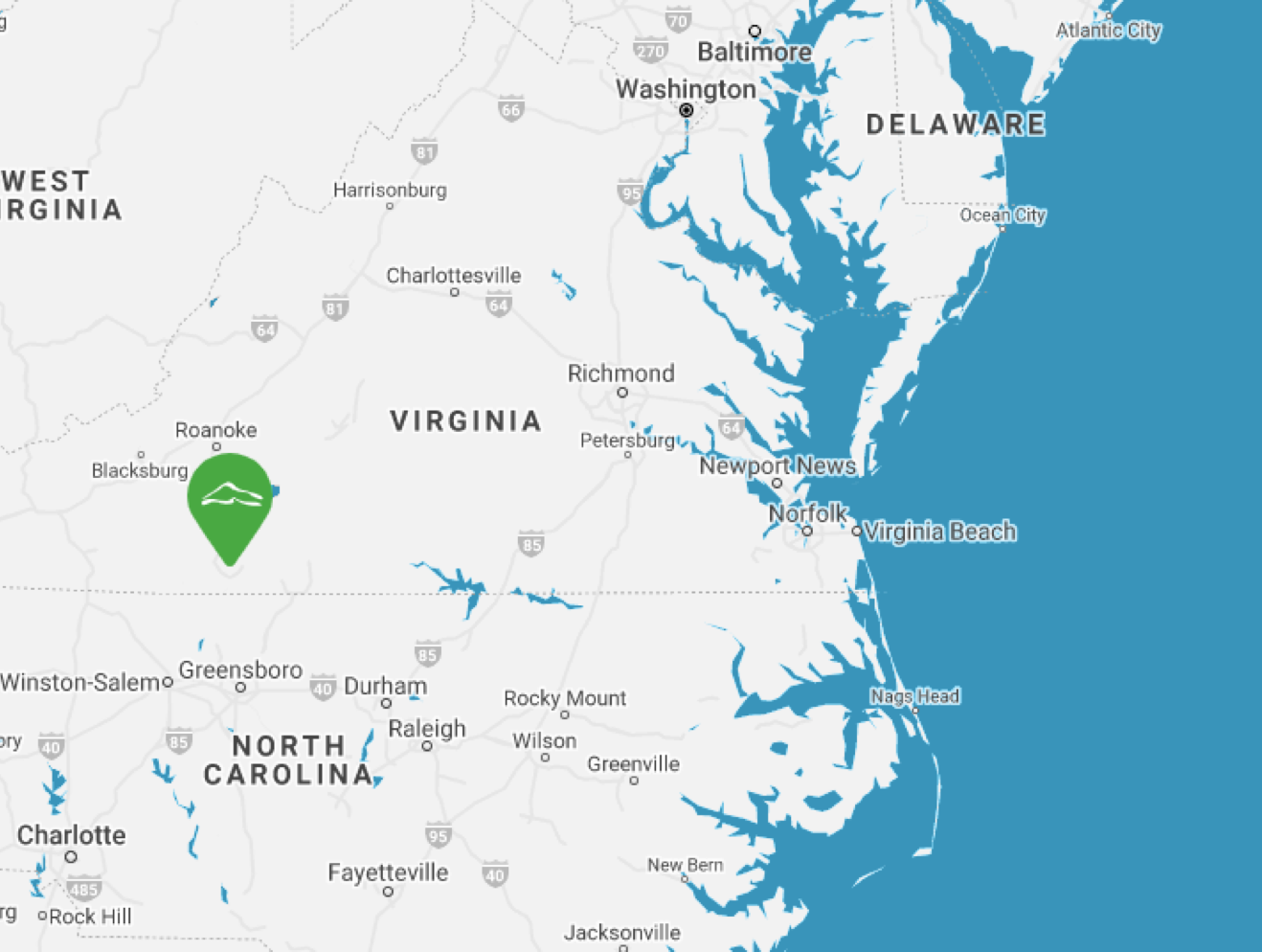The Age of Dinosaurs has arrived at the Virginia Museum of Natural History!
Calendar2
The Age of Dinosaurs has arrived at the Virginia Museum of Natural History!
0
Holotypes in the museum's recent invertebrates collection
0
Species new to science that VMNH staff, past and present, are directly responsible for naming
3
People reached through educational programming since January 2021
Support Virginia Museum of Natural History in its mission to reach families, schools, visitors and businesses across the Commonwealth and beyond.
Posted on
The Age of Dinosaurs has arrived at the Virginia Museum of Natural History.

Tuesday - Saturday: 10am - 4pm
Sunday - Monday: Closed
$10 for ages 18-59
$5 for ages 3-17, seniors 60+, and college students
FREE for children under 3, museum members, and members of ASTC participating institutions
My 4 year old son loves going to the museum. The exhibits are educational, interactive and kid-friendly.
” 7
7
Travel exhibits are currently available in 8 Virginia counties and one in North Carolina.
Bring one to your community!
 8
8
Page Links